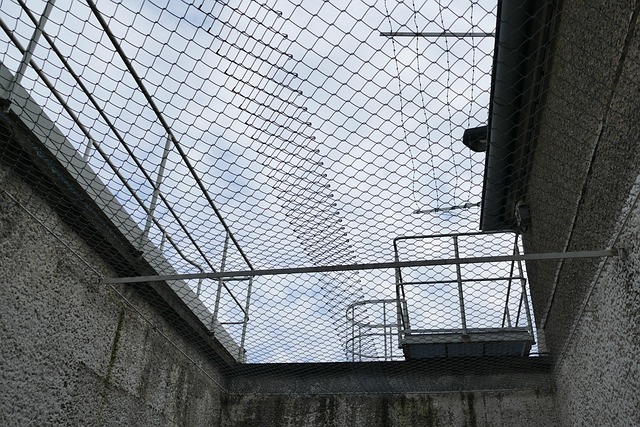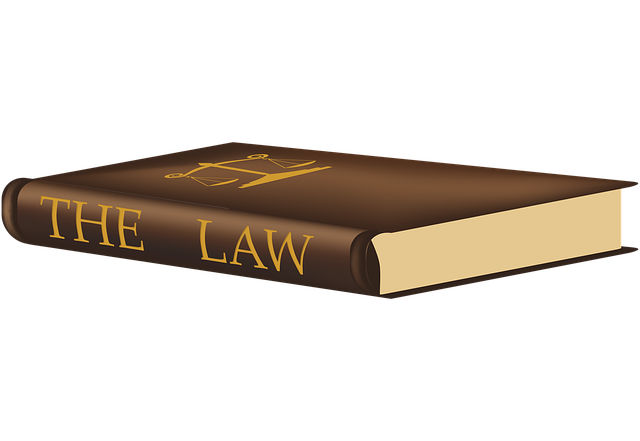Understanding property damage DUI liability is vital for minimizing risks posed by drunk driving worldwide. Accurate Blood Alcohol Level (BAL) testing, mandated in jurisdictions through breath or blood samples, establishes causation between intoxication and property harm. BAL test results significantly influence legal outcomes and insurance claims, with meticulous documentation crucial for fairness. Property Damage DUI cases can lead to severe consequences, underscoring the importance of challenging BAL testing accuracy and external factors contributing to damage as defensive strategies.
In the intricate web of legal repercussions stemming from Driving Under the Influence (DUI), property damage often emerges as a significant factor. This article delves into the multifaceted aspect of Property Damage DUI Liability, offering an in-depth overview for all stakeholders. From understanding blood alcohol level testing—its legal requirements and procedures—to exploring the ripple effects of DUI on property damage claims, we examine how insurers navigate these cases. Additionally, we present defensive strategies for accused individuals and analyze real-world scenarios and case studies, shedding light on this complex interplay between DUI and property damage.
- Understanding Property Damage DUI Liability: An Overview
- Blood Alcohol Level Testing: Legal Requirements and Procedures
- The Impact of DUI on Property Damage Claims
- Insurer's Role in Property Damage and DUI Cases
- Defensive Strategies for Accused Individuals
- Real-World Scenarios and Case Studies
Understanding Property Damage DUI Liability: An Overview

In many jurisdictions, understanding property damage DUI liability is paramount for both individuals and businesses to mitigate risks associated with alcohol-impaired driving. Property damage resulting from a DUI incident can encompass a wide range of losses, including vehicle collisions, structural damage, and even environmental contamination. The key to navigating this liability lies in establishing a causal connection between the driver’s impaired state and the ensuing property harm. Blood alcohol level testing plays a pivotal role in this process, providing concrete evidence to support or refute claims of intoxication.
When a DUI arrest occurs, law enforcement officers typically conduct blood alcohol level (BAL) tests to determine the driver’s intoxication. These tests are crucial for both criminal prosecution and civil litigation related to property damage. Accurate BAL readings can demonstrate that the driver was legally intoxicated at the time of the incident, thereby shifting the liability towards them. Conversely, a lack of substantial evidence regarding the driver’s alcohol consumption may complicate legal proceedings, making it essential for all parties involved—from insurance companies to lawyers—to thoroughly document and preserve relevant data, including medical records, witness statements, and forensic reports, to ensure fair and just outcomes in cases of property damage caused by DUI.
Blood Alcohol Level Testing: Legal Requirements and Procedures

Blood Alcohol Level (BAL) testing is a crucial component in Property Damage DUI cases, as it provides definitive evidence of an individual’s intoxication level at the time of the incident. Legal requirements for BAL testing vary by jurisdiction but generally involve administering a breath or blood test to determine the concentration of alcohol in the body. These tests must be conducted according to specific procedures to ensure accuracy and admissibility in court. For example, breathalyzer tests require proper calibration and operation, while blood tests demand sterile techniques and immediate processing to prevent contamination.
In many cases, law enforcement officers are trained to perform these tests and will do so at the scene of an accident or during a traffic stop if they suspect DUI. The results of BAL testing play a significant role in determining liability for property damage caused by an intoxicated driver. If the level exceeds the legal limit, it can strengthen the case against the individual, leading to potential criminal charges and civil responsibility for any resulting damages.
The Impact of DUI on Property Damage Claims

Drunk driving, or Driving Under the Influence (DUI), has significant implications for property damage claims. When an individual is found liable for a DUI, their insurance coverage may be affected, potentially leading to higher premiums and reduced policy benefits. The financial burden can be substantial, especially considering the potential for severe property damage during an accident.
In cases of property damage caused by a DUI, Blood Alcohol Level (BAL) testing plays a crucial role in determining liability. BAL tests provide objective evidence of a driver’s intoxication, which is essential for legal proceedings and insurance claims. Accurate BAL results can significantly impact the outcome of a case, influencing settlements and court decisions related to property damage compensation.
Insurer's Role in Property Damage and DUI Cases

In cases involving property damage and Driving Under the Influence (DUI), insurers play a pivotal role in mitigating risks, providing coverage, and facilitating settlements. When an insured individual is accused of DUI and causes property damage, their insurance company steps in to assess the situation. Insurers conduct thorough investigations, including reviewing police reports, medical records, and potential Blood Alcohol Level Testing results to determine liability and extent of coverage. This process involves analyzing the specifics of the incident, such as blood alcohol levels, to ensure fair compensation for any losses or damages incurred by third parties.
Furthermore, insurers work closely with legal professionals and adjusters to navigate complex legal scenarios that arise from DUI-related property damage cases. They collaborate on negotiating settlements, defending policyholders’ rights, and managing claims effectively. By employing specialized teams and utilizing advanced risk assessment tools, insurers can accurately assess risks, offer appropriate coverage options, and provide support throughout the legal process, ensuring a fair outcome for all parties involved.
Defensive Strategies for Accused Individuals

When facing Property Damage DUI charges, accused individuals can employ several defensive strategies. One crucial aspect is challenging the accuracy and reliability of Blood Alcohol Level (BAL) testing methods. These tests, while commonly used to determine intoxication, are not infallible and can be prone to errors due to various factors such as calibration issues, improper administration, or interference from medications or certain foods consumed before testing.
Additionally, accused persons may argue that their behavior was not solely responsible for the property damage. They could present evidence of external factors, like poor road conditions or another driver’s negligence, to mitigate their liability. Furthermore, challenging the admissibility of evidence, including witness testimonies and physical clues, can help build a robust defense. Legal professionals can question the reliability of such evidence, especially if there are reasonable doubts about its collection or preservation.
Real-World Scenarios and Case Studies

In real-world scenarios, the consequences of Property Damage DUI (Driving Under the Influence) can be severe and far-reaching. Consider a case where an individual with a significantly elevated blood alcohol level (BAC) causes a collision, leading to substantial property damage and potential injuries. The legal liability in such instances often extends beyond criminal charges, as civil lawsuits may arise from the incident, compelling the driver and their insurance providers to face significant financial burdens.
Case studies illustrate these scenarios vividly. For instance, a study out of California analyzed DUI-related crashes over a five-year period, revealing that property damage was a prominent outcome. The research highlighted how Blood Alcohol Level (BAL) testing plays a pivotal role in determining liability. Accurate BAL results can significantly impact insurance claims and legal proceedings, as they provide concrete evidence of impairment, shaping the compensation and accountability for all parties involved.
In conclusion, understanding property damage DUI liability is crucial for both individuals facing charges and insurance providers. By grasping the legal implications of blood alcohol level testing, recognizing the impact of DUI on property damage claims, and knowing insurers’ roles, accused individuals can navigate defensive strategies effectively. This comprehensive overview, including real-world scenarios and case studies, underscores the importance of informed decision-making in these complex cases.






